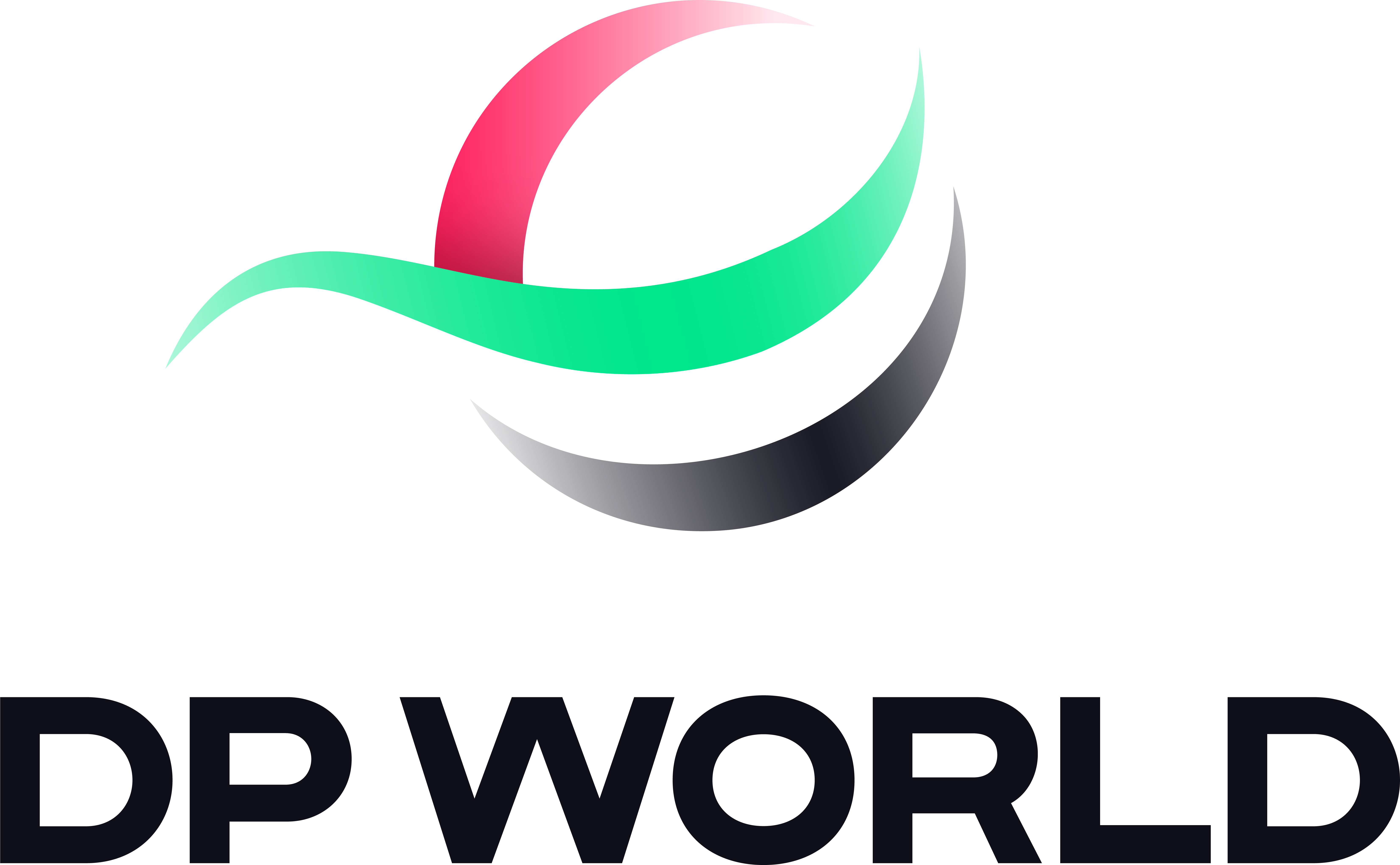Rising to the Challenge: Navigating the Evolving Landscape of Supply Chain Sustainability
DP World Americas’ COO Morten Johansen explores how sustainability within supply chains has evolved from mere compliance to a strategic imperative.
In today's world, the intersection of global commerce and pressing environmental challenges demands that companies and the broader logistics industry escalate their sustainability efforts, writes Morten Johansen, COO of DP World Americas, in a recent article for Forbes.
“The importance of environmental sustainability within supply chains is no longer just about compliance; it has become an important strategy for corporate responsibility and a way to distinguish competitive edges in a crowded marketplace,” Johansen states in A Roadmap to Sustainability: Integrating Practices into Global Supply Chains.
On March 6, 2024, the U.S. Securities and Exchange Commission introduced climate disclosure rules, requiring publicly listed companies to disclose their Scope 1 and 2 emissions, covering emissions from their operations and energy use. “Notably absent, however, was the inclusion of Scope 3 emissions, which encompass the indirect emissions from a company’s supply chain and product use,” Johansen states.
For many companies, these Scope 3 emissions represent a significant portion of their carbon footprint. This regulatory gap underscores the critical need for businesses to voluntarily address their complete environmental impact. Despite the absence of Scope 3 reporting requirements, forward-looking companies must recognize the importance of a unified approach to managing supply chains. The article lays out several strategies for sustainability:
- Improve Carbon Accounting Practices: Companies must develop solid methodologies for measuring and reporting emissions to ensure these practices encompass all significant emission sources within the supply chain.
- Collect High-Quality Data: Obtaining accurate data can be challenging due to the complex nature of supply chains. Companies should define precise data requirements and engage with suppliers to ensure consistent and accurate data collection and reporting.
- Enhance Supplier Engagement: Involving suppliers in sustainability goals cultivates deeper, collaborative relationships and leads to stable supply chains and mutual innovations. Encouraging suppliers to establish their own science-based targets promotes cooperation and shared investment in sustainable technologies.
- Elevate Sustainability in Procurement: Integrating sustainability into procurement influences the entire supply chain toward adopting sustainable practices. This approach encourages innovative thinking around sourcing and vendor selection, mitigating risks related to resource scarcity and environmental regulations.
- Find a Collaborative Path Forward: Achieving a sustainable supply chain requires cooperation across all levels. Industry-wide partnerships and initiatives promote transparency and collective responsibility, advancing the reduction of global emissions.
The journey toward sustainable supply chain management is a necessity and an opportunity for today's businesses. By embedding sustainability deeply within their operations, companies can mitigate their environmental impact, enhance operational efficiency, foster innovation, and build trust with stakeholders. Read more in A Roadmap to Sustainability: Integrating Practices into Global Supply Chains on Forbes.

